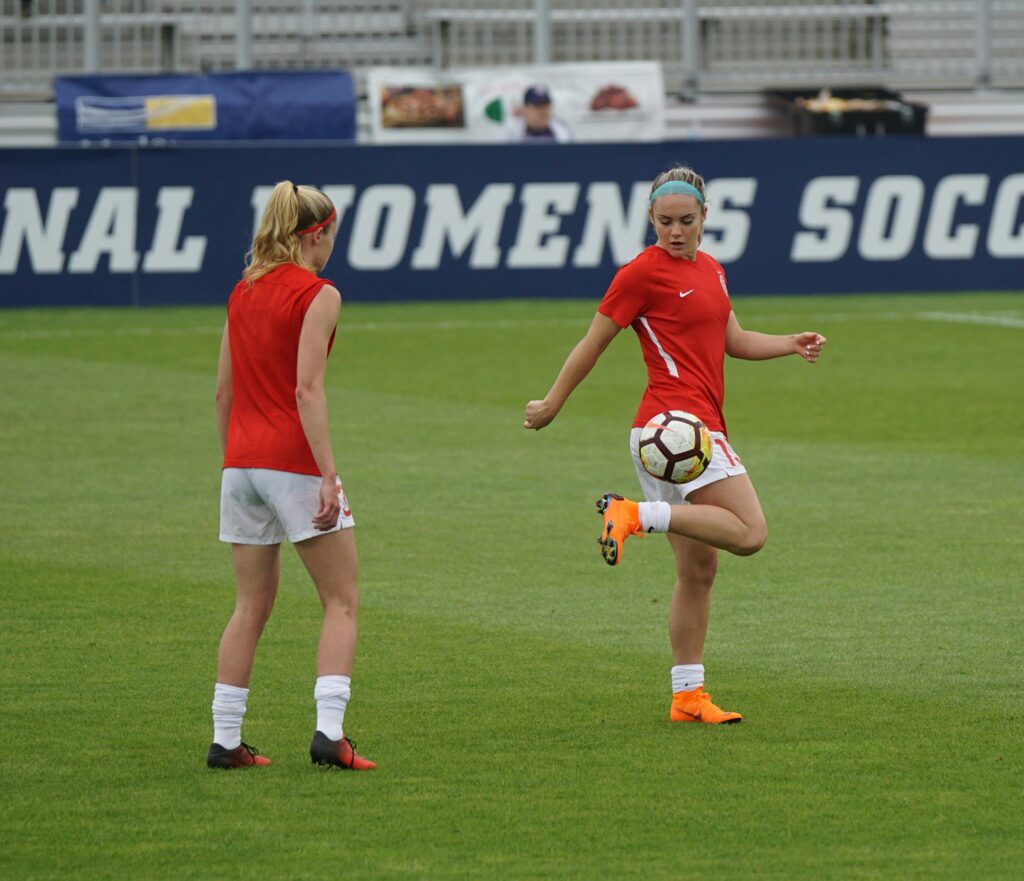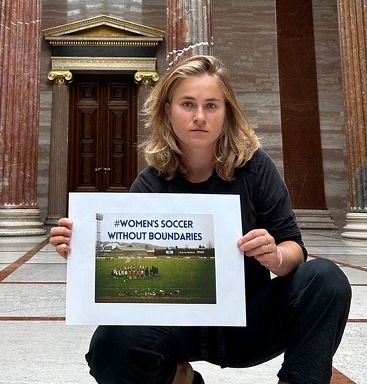
In recent years, women's football has entered a deserved period of strong increase in popularity and visibility, with spectator attendance records being set and matches finally attracting the global attention they deserve. However, behind this success lies a harsh reality: the financial inequality between men's and women's football continues, putting doubt over the sport's potential for growth and financial sustainability. In this article, we look at some of the current challenges facing women's football in Austria, England, and worldwide, looking at some of the causes of current funding inequalities, whilst also highlighting some of the current initiatives aimed at solving these difficulties.
The global landscape of women's football is currently marked by great progress but also continued challenges. The Women's World Cup 2023, hosted in Australia and New Zealand captivated large audiences and generated substantial sponsorship revenue. Post tournament, FIFA President Gianni Infantino announced the Women's World Cup, ‘broke even’ for the first time, generating US$570 million in revenue, the highest ever figure.
Whilst this is a great step forward for the women’s game, estimates suggest that the tournament's revenue falls significantly short of its male counterpart, clearly showing the strong disparity in financial support between the men’s and women’s game. The Men’s World Cup in Qatar in 2022, generated an enormous US$6.3 Million.

In England, women's football has followed the global trend and witnessed remarkable growth in recent years, with increased attendance, media coverage, and commercial partnerships.
But even in one of the world’s biggest footballing nations, and most well-funded, difficulties are still faced by clubs. Significantly in England, financial problems appear to be not just limited to grassroots clubs but also those right at the top level of the game. A recent study by researchers at the University of Portsmouth revealed a troubling trend: while club revenue has surged by 590% in the Women's Super League (top division of the Women’s game in England) from 2011 to 2019, club debt has rocketed by a seriously alarming 1,351%. This alarming number, again represents the precarious financial position of women's football clubs and raises concerns about the sport's long-term sustainability.
In Austria, women's football also faces significant challenges, albeit within a smaller and less lucrative market.
As part of our focus month, we recently spoke to Jasmine Sommer,, a strong activist in Austrian women's football. Jasmine highlighted the stark funding disparities between men's and women's teams, noting that often women's teams receive minimal financial support, with even some female players playing in 2. Bundesliga (second division) only receiving fuel expenses in return for their hard work training and playing week after week. Austria is yet another example of the struggles to secure the same level of investment and recognition in female football as is received in the men’s game.

Financial inequalities in women's football are not solely a result of economic disparities, unfortunately they are deeply rooted in historical injustices and barriers. The English Football Association's ban on women's professional football in England until 1971 deprived women's football of crucial resources and investment that the men’s game was allowed to continue to receive, meaning the women’s game has always been ‘playing catch up’ and getting neglected. The same can also be said in Austria, with the women's national team not forming until 1990, after pressure from stakeholders in the Bundesliga pushing for increased funding and equality after previous neglect.
As well as historical inequalities, continued biases in perceptions of performance quality and potential, have often limited sponsorship investors' willingness to commit funding to women's football, which of course limits the room of development and growth at all levels of the game.

All efforts to bridge the funding gap in women's football must look to solve the underlying imbalances that lead to inequality. Initiatives such as FIFA's record prize money allocation for the Women's World Cup and increased investment in grassroots programs are all positive steps in the right direction, but more stronger action is still needed. By challenging and standing up to outdated perceptions and advocating for greater investment in women's football, stakeholders can pave the way for a more viable, inclusive and stronger future for the sport.
Despite the challenges, there are plenty of great success stories that offer hope for the future of women's football. Clubs like FC Barcelona and Lyon have demonstrated the potential for success through strategic and sufficient investment in their women's teams.
Spectator attendance records have been achieved and the profile of women's football on the global stage has been elevated by the great performance of these clubs. By prioritising talent development and marketing efforts, these clubs have shown that investment in women's football can bring significant returns. Both on and off the pitch they have experienced significant improvements in financial backing, thanks to the initial investment and resulting success.
The funding disparities in women's football appear to be a reflection of the general issue of inequality within the sports industry. While progress has been made, much work remains to be done to ensure that women's football and sport as a whole receives the recognition and support it truly deserves. The strong performances of female players, and increased interest in the sport in recent years should send a clear message to stakeholders of the game: women’s football is here to stay and female athletes deserve financial backing to help them fulfil their dreams and potential.